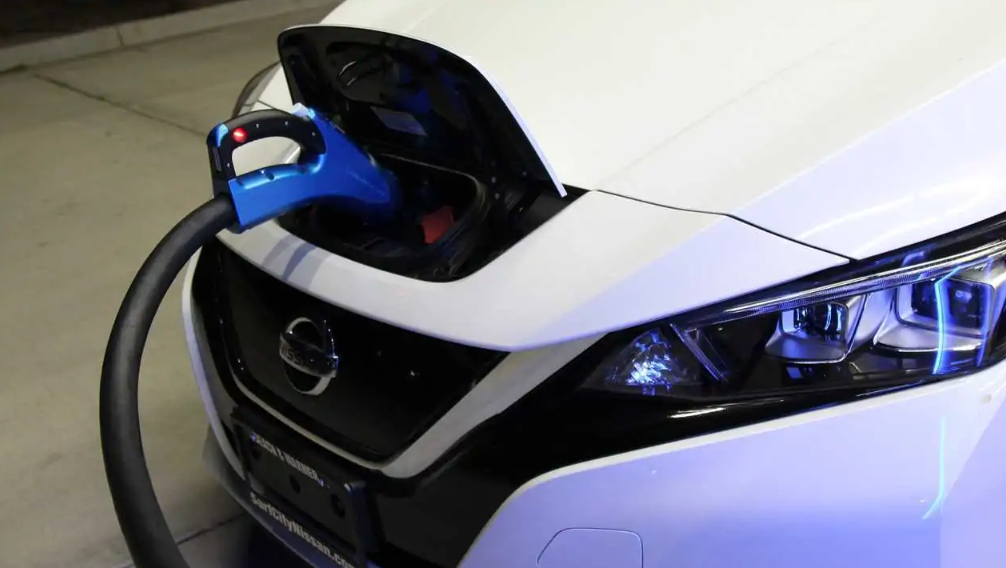
The EV charging infrastructure in Japan is expected to noticeably improve later this decade in an effort to encourage electrification.
According to Nikkei, Japan’s Ministry of Economy, Trade and Industry (METI) plans to set some new requirements for the fast-charging infrastructure.
The article says that METI will require more than double the current power output of chargers at highway service areas from the current average level of around 40 kilowatts (kW) to 90 kW, by 2030.
We guess that the average level of 40 kW is a result of the installation of many 50 kW (and some 20-30 kW) CHAdeMO chargers. About a decade ago (in the early Nissan Leaf era), there was a large campaign in Japan to install thousands of CHAdeMO chargers in a relatively short period. Nonetheless, a high number of such chargers is not very helpful if their power output is low, which translates to a longer charging time.
The new proposal is to achieve 90 kW, which does not sound high enough to support the next-generation electric cars, in our opinion. The article mentions that at high-traffic locations, the requirement will be higher - 150 kW, but that's still not that much. In Europe and in the United States, the main effort is to install 250-350 kW fast chargers, especially on highways.
The power output is not the only thing that will change. METI intends to require the installation of chargers along highways every 44 miles (70 km). The good news for operators is that they will be supported by subsidies.
Another thing is the billing and payment methods. The idea is to move from pricing based on charging time (parking) to pricing based on exact energy amount - per kilowatt-hour (kWh), and offer a pay-as-you-go option in the next few years (potentially by fiscal 2025).
All the mentioned changes appear to be a move in the right direction, although a bit late and in the case of power, not enough to unleash an all-electric car's potential (as a replacement for internal-combustion engine cars for long-distance travel).